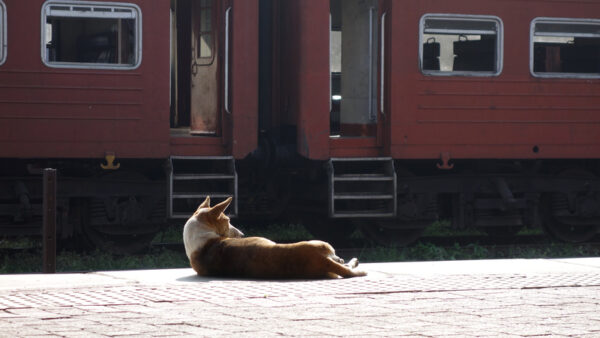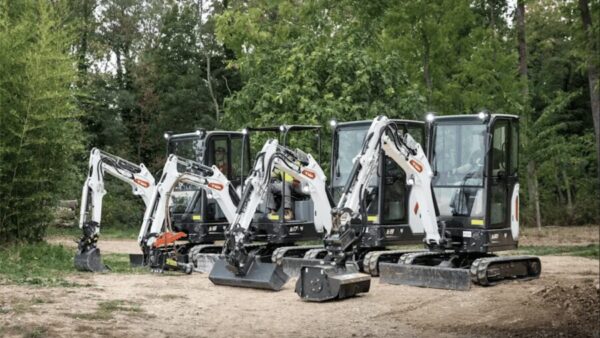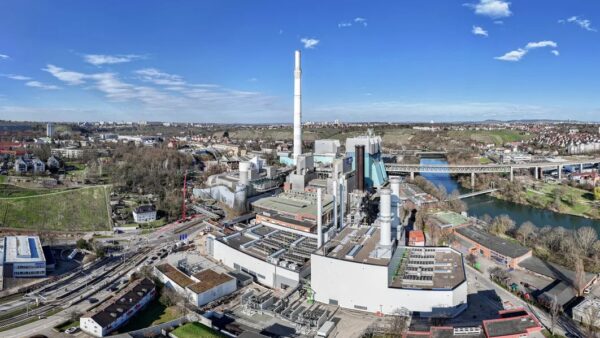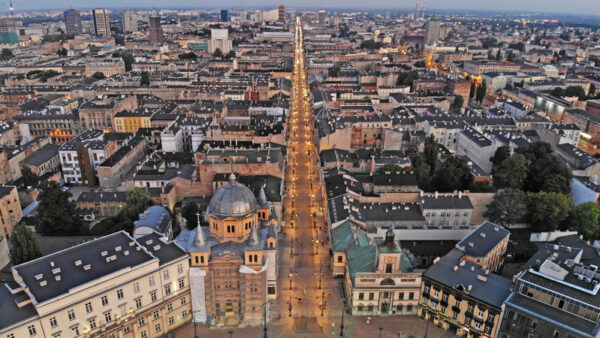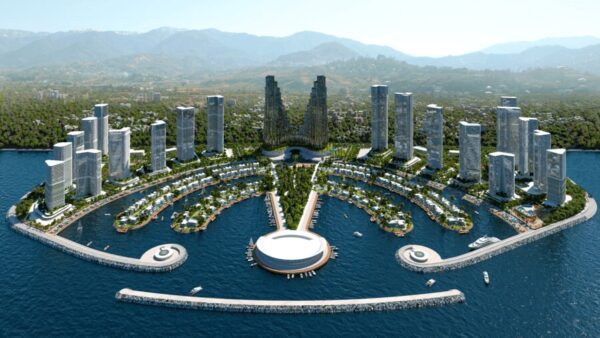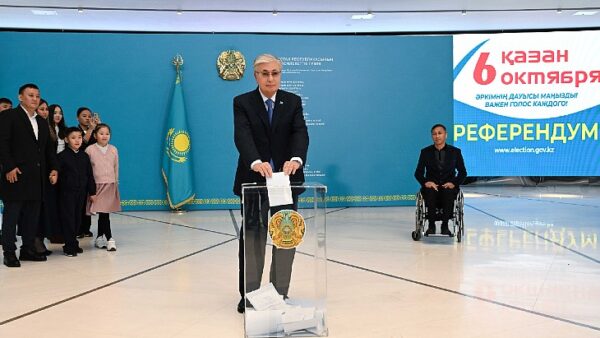The Democratic Republic of Congo (DRC) has decided to more than double the size of the Inga 3 basse-chute hydroelectric project to make it more attractive to investors and lower its cost per megawatt.
Under new plans the plant will now produce between 10 and 12GW of electricity rather than the 4.8GW originally planned, said Bruno Kapandji, the director of the Agency for the Development and Promotion of the Grand Inga (ADPI), yesterday.
Completion of the scheme has also been put back to 2024 at the earliest, from 2020-21 as formerly planned, the ADPI said.
Work on the $14bn project is being pursued by two consortiums: Spain’s Pro Inga, led by ACS and Eurofinsa, both based in Madrid, and Chine d’Inga, led by China’s two largest hydropower companies, Three Gorges Corporation and Sinohydro.
They did not believe the 4.8GW plan would be economically feasible, Elisabeth Caesens, an Open Society Fellow researching hydro power in Congo, told the Reuters news agency. “So the Pro Inga team came up with a radically different design,” she said.
Last month the ADPI asked the bidders to form a single team and submit a revised bid. This will now be done in September, according to Kapandji, who did not give a price for the revised scheme.
Grand Inga already has customers for its electricity: the South African government has signed a power purchase agreement and mining companies in the DRC are chronically short of power. However, the process of funding it was struck a blow by the decision of the World Bank to withdraw its support for the scheme in July last year.
International Rivers, an advocacy group that opposes the Grand Inga project on the grounds that it will benefit international mining companies rather than the population of the DRC, suggested that the bank had withdrawn support because the DRC was rushing the development in order to honour its PPA with South Africa.
If the World Bank will not finance a project it typically cannot raise funds on international capital markets.
The DRC, a country with vast mineral wealth, has been impoverished by 50 years of conflict, corruption and political instability. The main issue now is the continuing refusal of President Joseph Kabila to stand down after his term of office expired in December last year.
Inga 3 is the first of a series of hydro schemes that are expected to be built on the Inga Falls. The best-case scenario envisages eight or more power stations built over the course of 50 years for a total investment of about $100bn.
The total installed capacity of the falls will be between 40 and 50GW, making it the largest power producer on Earth and a key to Africa’s industrial development.
Image: The Inga Falls on the lower Congo: the best hydroelectric site on Earth (Alchetron/Creative Commons)
Further Reading:





